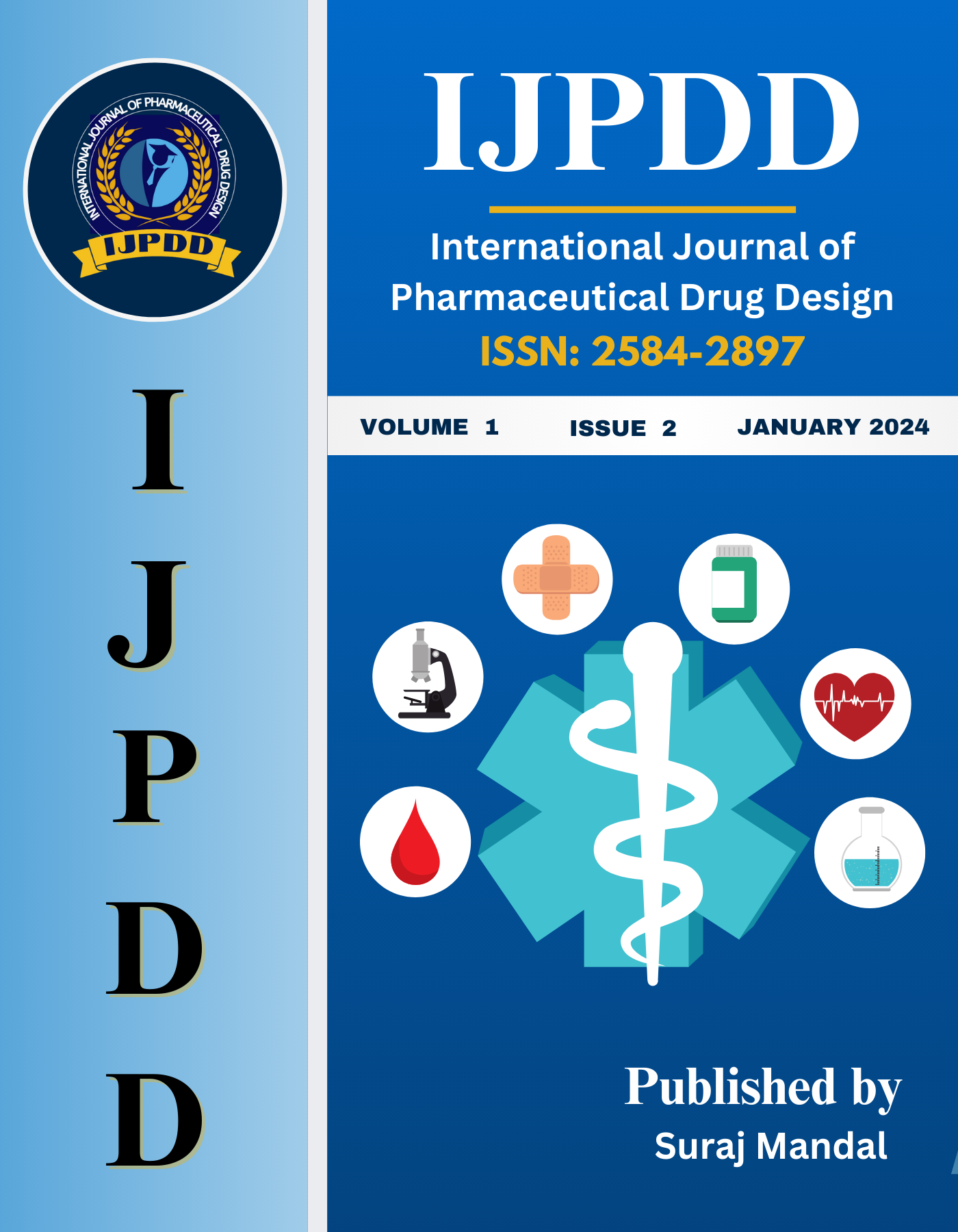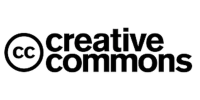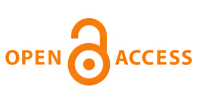Exploring Innovative Approaches in Gastroretentive Drug Delivery Systems
DOI:
https://doi.org/10.62896/w1rxyz81Keywords:
gastroretentive drug delivery system, mucoadhesive, bioavailability, polymer, floating drug delivery system, effervescent.Abstract
Gastroretentive drug delivery systems have emerged as a potential solution to enhance the bioavailability and efficacy of various pharmaceutical compounds. This review systematically evaluates the advantages and limitations of gastroretentive systems in drug delivery. The primary objective is to comprehensively analyze their mechanisms, formulationstrategies, and potential applications, focusing on their ability to prolong gastric residence time and improve drug absorption. Advantages of gastroretentive drug delivery systems include their capability to prolong drug release, maintain therapeutic concentrations, and reduce dosing frequency. This extended gastric residence time presents a viable approach for drugs with a narrow absorption window or those targeting specific regions of the gastrointestinal tract. Furthermore, these systems have the potential to improve patient compliance and, in turn, treatment outcomes. However, the review also highlights several challenges associated with gastroretentive systems. Variability in gastric emptying, potential gastrointestinal side effects,risk of local irritation, and complex formulation and manufacturing processes pose significantlimitations. Moreover, regulatory concerns and the potential risk of device dislodgement or aspiration require careful consideration.This review consolidates the current understanding of gastroretentive drug delivery systems, emphasizing the need for further research to address these limitations. Future advancements in formulation techniques, innovative design strategies, and a better comprehension of patient variability are essential to optimize the safety, efficacy,and applicability of these systems in clinical practice.

Downloads
Published
Issue
Section
License

This work is licensed under a Creative Commons Attribution-NonCommercial 4.0 International License.















